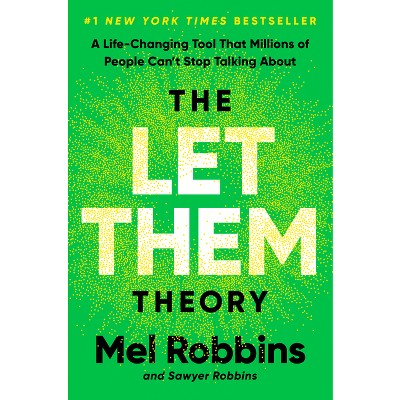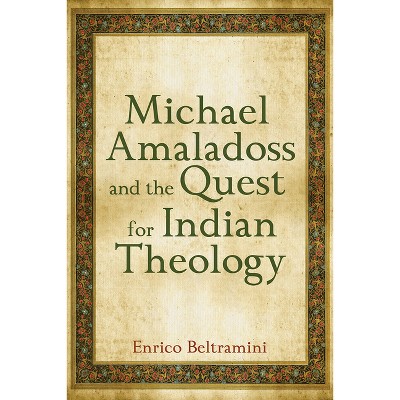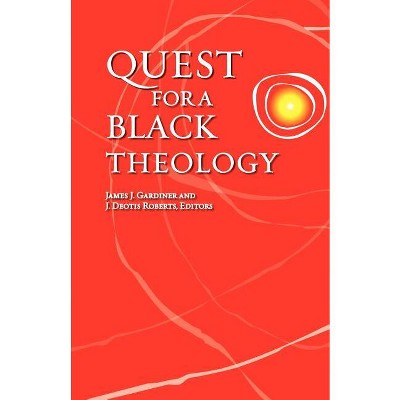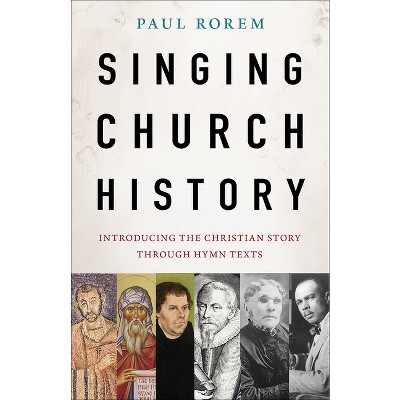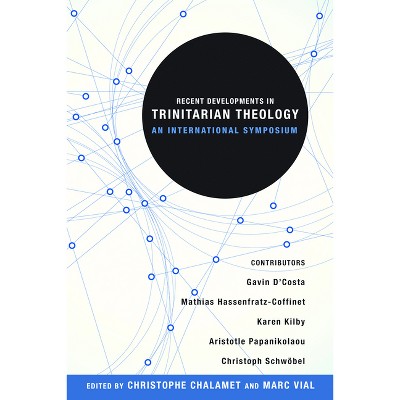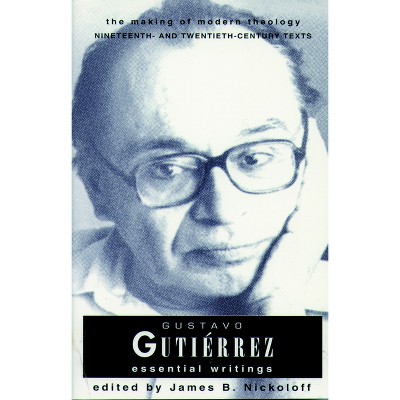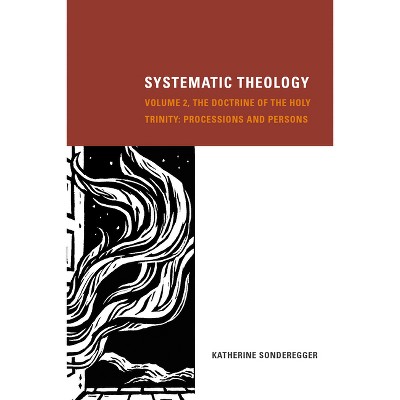The Dionysian Mystical Theology - (Mapping the Tradition) by Paul Rorem (Paperback)

About this item
Highlights
- The Dionysian Mystical Theology introduces the Pseudo-Dionysian mystical theology with glimpses at key stages in its interpretation and critical reception through the centuries.
- Author(s): Paul Rorem
- 157 Pages
- Religion + Beliefs, Christianity
- Series Name: Mapping the Tradition
Description
About the Book
This book introduces the Pseudo-Dionysian mystical theology, with glimpses at key stages in its interpretation and critical reception through the centuries. Part one reproduces and provides commentary on the elusive Areopagites own miniature essay, The Mystical Theology, impenetrable without judicious reference to the rest of the Dionysian corpus. Stages in the reception and critique of this Greek corpus and theme are sketched in part two, from the sixth-century through the twelfth and to the critical reaction and opposition by Martin Luther in the Reformation.Book Synopsis
The Dionysian Mystical Theology introduces the Pseudo-Dionysian mystical theology with glimpses at key stages in its interpretation and critical reception through the centuries. In part one, the elusive Areopagites own miniature essay, The Mystical Theology, is quoted in its entirety, sentence by sentence, with commentary. Its cryptic contents would be almost impenetrable without judicious reference to the rest of the Dionysian corpus: The Divine Names, The Celestial Hierarchy, The Ecclesiastical Hierarchy, and the ten Letters.
Of special importance is the Dionysian use of negations in an apophatic theology that recognizes the transcendence of God beyond human words and concepts. Stages in the reception and critique of this Greek corpus and theme are sketched in part two: first, the initial sixth-century introduction and marginal comments (Scholia) by John of Scythopolis; second, the early Latin translation and commentary by the ninth-century Carolingian Eriugena and the twelfth-century commentary by the Parisian Hugh of St. Victor; and third, the critical reaction and opposition by Martin Luther during the Reformation. In conclusion, the Dionysian apophatic is presented alongside other forms of negative theology in light of modern and postmodern interests in the subject.
